Winter is possibly one of the most beautiful times to camp and hike. The snow seems to cover everything and make it seem so clean and pure. There are very few people who will be around, so you often have the area all to yourself. It is so quiet and peaceful.
It is almost perfect if you can beat the cold. However, winter backpacking needs an entirely different skill set than summer backpacking and should be taken seriously. All of the information you need could possibly save your life, so do your research and know as much information as possible before leaving on your trip.
Before You Leave
Before you leave for the trip there are some things you need to have prepared and keep an eye on. Again, all of these tips should be considered and used. Backpacking in freezing temperatures is fun and dangerous all at the same time. In an article, we’ve listed down tips on how to stay safe when hiking in winter, so read it before you leave.
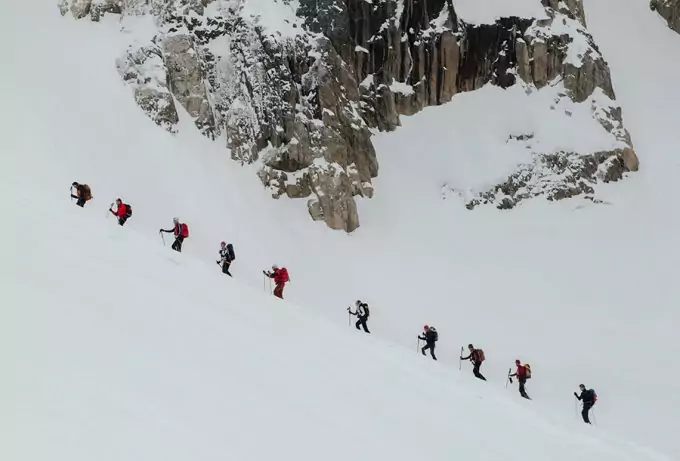
As long as you are prepared and armed with knowledge, you will make memories to last a lifetime.
- Proper clothing: Backpacking in the cold and most likely snow, requires layers of clothing to make sure that your body heat does not escape too quickly. Traditionally, you need 3 layers of clothing: base layer, middle layer, top layer.
Base layers are your underclothes. It is suggested to avoid cotton material if possible because it does not wick away moisture like other materials. Depending on what conditions you will be experiencing, you may also want an extra layer of underclothes, such as, “long johns”.
These are basically a semi-tight fitting set that goes underneath your pants and shirt. Middle layers of clothing are your regular clothing; pants and shirt.
Most backpackers wear microfleece or flannel shirts. This layer also includes your jacket.
Make sure and choose a jacket that is designed to keep in much of your warmth. Goose down jackets are a great choice, but keep them as dry as possible. They are not as effective and lose their loft when wet. The top layer of clothing is what will keep you dry and out of the wind.
Choose products that are windproof/waterproof/and breathable.
For the best winter coats for extreme cold, see our article to have more options.
- Accessories and shoes: Boots will be extremely important in snowy conditions. Traditional hiking boots may not be enough for the elements you will be encountering. Winter snow boots or mountaineering boots may better serve your purpose because they are designed to keep in the heat and keep out the moisture.
You will want to use your best accessorizing skills in the snowy wilderness. Gloves, hats, gaiters, goggles, socks, and gloves are all essential in keeping you safe.
The temperatures will most likely be below freezing during a winter backpacking adventure and it is imperative that you protect every inch of your body from the cold. - Travel with a group: Winter backpacking can be dangerous. It is always best to travel with other backpackers that specialize in different areas.
Someone that has a different skill set than you, will complement you and give you expertise on the trail. - Road conditions: Check trail and road conditions before you leave the house. If the trail is impassable or needs to be rerouted, you could lose valuable time on the trail.
Knowing these conditions before you go will allow you to make adjustments before you arrive at the problem. - Avalanche conditions: You should always be aware of your surroundings. If you are camping in the snowy mountains you need to study avalanche prone areas and stay away from steep inclines that could pose a problem.
There are websites that keep you updated regularly, but nothing will compare to being in the area and assessing it for yourself. Make sure someone in your group specializes in avalanche conditions. - Always be prepared: Anything can occur before and during your trip. Make sure and carry cash and extra food and clothes in case of an emergency.
If you are stuck on the trail for an extra time, you will need food and clothes to help you survive. Cash is always handy for emergencies. - Leave the details: Probably one of the most important tips is to leave a detailed plan behind with friends or family. Map out your hike and the approximate times you will be there and how long you will staying in one place.
This ensures that if a problem arises or you are gone too long, they will know when and where to look for you.
Winter Backpacking Gear List
Along with all of the previous tips, there is special gear designed for winter backpacking or that will serve you well on your trip. These are some of the best products on the market to help you get started.
Sled
The sleds are often used to carry the gear that is needed without putting extra pressure on your back. Sleds are fairly easy to get around and make toting your gear a breeze.
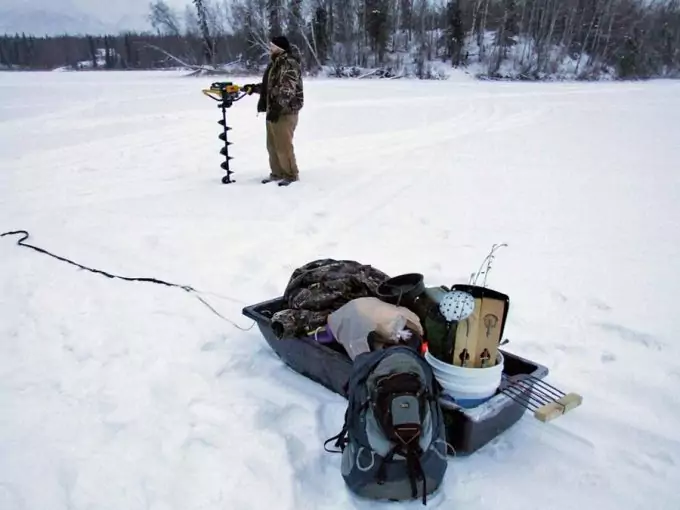
When deciding on the perfect product for you and your trip, consider the weight, the length and the depth of the sled. The deeper the sled the less likely it is to tip over with your gear. If the sled is too long, it may not be appropriate for thick wooded areas.
The Pelican Snow Trek 60 Gear Sled is a good example of a gear sled. There are other options on the market, but the Pelican is very well designed. It is made from durable polyethylene to make sure that it lasts. It is also 59” long and 11” deep, making it less likely to topple over while hiking. They have also made this sled versatile. It can be pulled by hand, ATV or snowmobile with ease.
Backpack
We have already discussed the extra gear that comes with winter backpacking. A regular hiking backpack may not have enough capacity. You will be most satisfied with a large capacity pack.
If you do not wish to invest in another backpack for winter hiking alone, make sure and invest in extra waterproof, durable bags to pack your gear. You will be able to cinch these down on the sled to carry multiple bags.
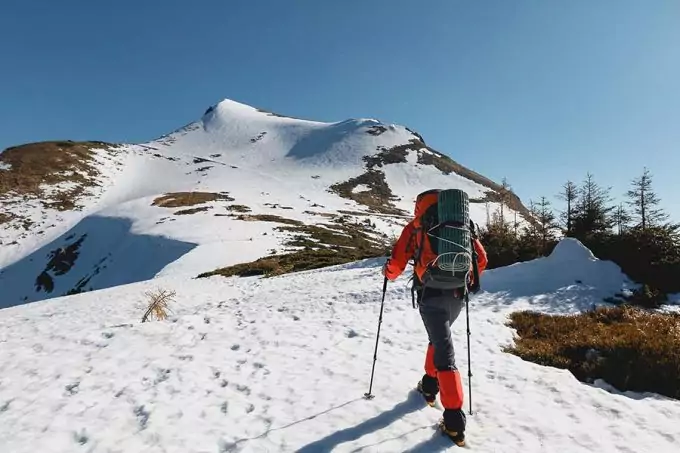
The GoLite Pinnacle backpack comes highly recommended by fellow winter backpackers. While it can be carried on the sled, it is designed to be carried on your back. Therefore, it is light, 1.7 pounds, has a capacity of 3700 cubic inches, and has great weight distribution to your hips.
Sleeping Bags/Pads/Liners
Sleeping bags, sleeping pads, and sleeping liners are all designed to work together to keep you warm. They allow as much heat as possible to stay inside the bag, rather than escaping. When shopping for a sleeping bag, you want to first decide what the coldest temperature you expect to encounter is.
The next step is to look for a bag that has a temperature rating 10-15 degrees BELOW that. For example, if you expect to encounter 15-degree temperatures while camping, you will need to find a bag that has a temperature rating of 0 degrees. That will ensure that the bag is designed to keep you from getting cold on your trip.
You will also need to search for bags that have a draft collar to keep the cold out of your bag and are insulated with down. (If you are allergic to down feathers, there are synthetic choices.) Down is the favorite choice among backpackers because of its warmth-to-weight ratio. It will keep you warm and does not weigh down your pack.
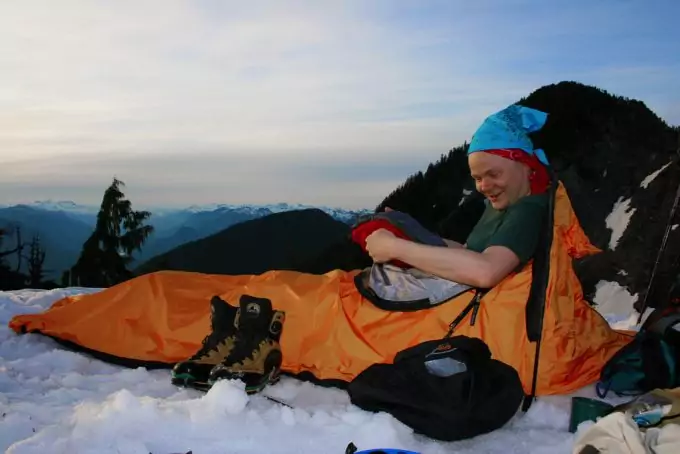
Sleeping pads are designed to serve two purposes; they give cushion and provide extra insulation. Most winter backpackers suggest using two sleeping pads. The first one is to go on the ground and the second on top. This provides extra protection from the ground and the cold.
The most important thing to remember is the R value. For winter camping, you will need a pad with an R-value of 5 or higher. This ensures that the heat from your body will not escape easily.
Finally, sleeping liners go over the top of your sleeping bag. This gives your bag an extra layer all around the outside to keep in your warmth. Using a sleeping bag liner can give you an extra 15 degrees of heat inside your bag. Depending on your condition and sleeping bag, this could be the difference in surviving and being warm.
Teton makes a 0-degree mummy sleeping bag that gets great reviews from customers. Buyers do verify that the bags keeps someone warm even on the coldest nights.
Klymit is the way to go for a sleeping pad. They have great reviews and are affordable. For a sleeping bag liner that is made for extra warmth, check out the line of Thermolite sleeping bag liners.
Lighting
When camping in the winter, the nights are very long and the days are short. You will need to make sure and have ample lighting to be able to function after dark. Headlamps are one of the most popular choices for lighting during camping.
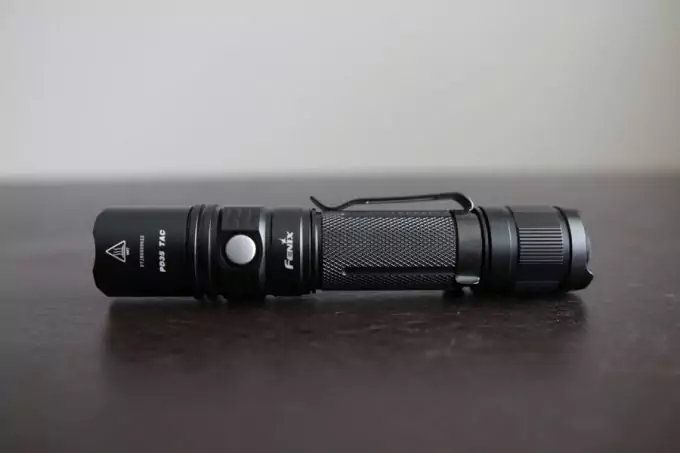
They offer a hands-free and versatile option while working around camp. The most important thing to consider is the batteries. Lithium batteries will perform best in cold conditions, but make sure your device will be able to handle them.
Lithium can overpower some devices. Also, in an effort to keep your batteries warm, you can slide them in your sleeping bag to help keep them warm. Always, always, always bring extra batteries.
There are thousands of choices for a good headlamp. Choose one that the batteries can be replaced and fits in your budget. Here are some of the best tactical flashlights for hiking or trekkng that we’ve listed down in our article, do read that for more insight.
Communication
Communication can be the difference between a life and death situation. If a problem arises, you must be able to get in contact with someone to let them know where you are. Two-way radios are a great example of excellent communication.
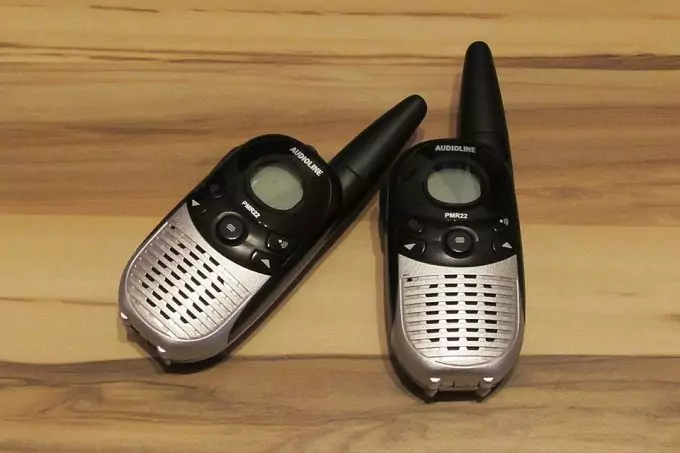
They allow all members of the group to stay in touch. Many two-way radios also allow group conversations so that more than two radios can connect at the same time.
Xouxun makes a wonderful multi-function radio. It offers multiple channels and options for every situation. This would be a perfect choice for winter camping. Check out our article on the top walkie talkie radios to give you more options on what to get on your next trip.
Shelter
Perhaps the most important thing that you need while camping in the winter and cold is a proper shelter.
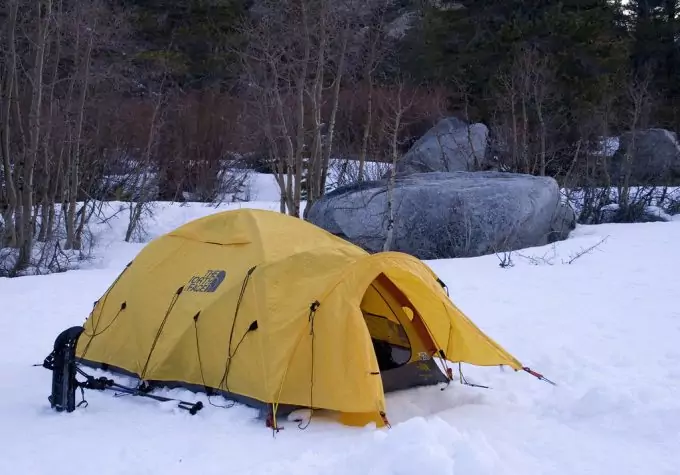
There are several types of shelter that appropriate for winter backpacking excursions, but you must choose the right one for you and your group.
- Tents: Companies have designed tents that are called “4 season” or “mountaineering” tents. These are made to withstand a variety of weather conditions, including snowy and windy conditions.
Each company and each tent have a variety of differences and similarities. You must consider the time it will take to set up so that you can arrive at your destination in plenty of time to set up your tent. You must also make sure that it is sturdy enough to withstand the elements.
You do not want your shelter to collapse. Tip: Do not set up a tent on loose snow. It will melt and make you uncomfortable. Pack the snow down first. It will be less likely to melt away. - Bivouac Sack/Bivy Sack: This is less of a shelter and more of an over bag for your sleeping bag. The sack is designed to keep your sleeping bag dry and has been said to add 10-15 degrees to the bag’s heat.
There is nowhere to store or keep your gear, so make sure you have waterproof arrangements to keep your gear dry. - Snow Caves: There are several forms of a snow cave: Igloos, trenches, or caves. They are all basically the same. You can create a shelter by digging or packing snow into a shelter.
These take skill and should not be made if someone in the group does not know what to do. If a group member is experienced in making snow shelters, these can be quite effective and warm and can be used in emergencies as well. Make sure and set aside enough time and get to camp early to make your shelter before dark.
All of these shelters are designed to keep you as safe and as warm as possible. You may find that you prefer one over the other.
Tents are a guarantee that you will have shelter and protection. Bivvy sacks are appropriate for the ultra-lite backpacker and snow shelters should only be made by experienced winter hikers.
Health Concerns/Emergencies
There are a number of possible problems that can occur in freezing temperatures. It is important to be educated and well researched in each of these problems.
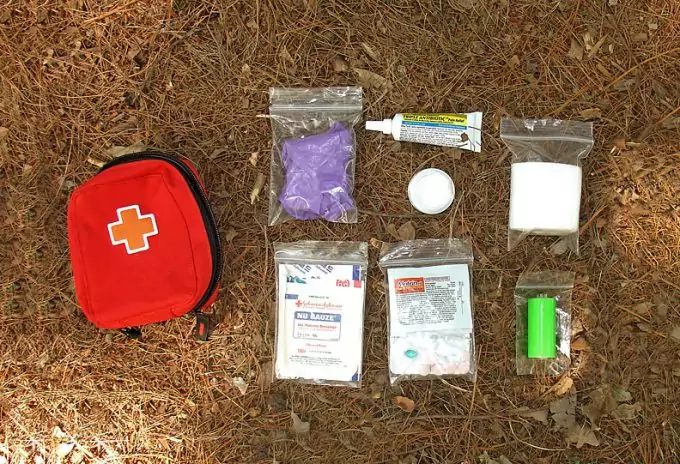
Know what the signs and symptoms are so that they can be caught early to avoid any situation becoming more dangerous or deadly.
- Hypothermia is defined as a potentially dangerous drop in body temperature. Hypothermia is setting in when the body temperature drops below 95 degrees. In more extreme cases, the body temperature can drop below 82. Anytime someone is suffering from hypothermia, you should call 911.
- This condition is quite common when out in the cold for long periods of time. The signs include: Shivering, Slurred-speech, Lethargy
- Hypothermia is easily prevented. Drink plenty of water, make sure and eat appropriately and most importantly, stay dry and warm.
- If the situation arises that hypothermia begins to set in, you will be able to treat mild cases while on the trail. Drink warm liquids to warm your body’s core. If your clothing is wet, change into dry ones immediately. Also, double up in a sleeping bag. It will allow the cold group member to warm up faster. In extreme cases, or when the person is not warming up, medical personnel need to be called to evacuate the hypothermic person. If your body temperature drops too low for too long, it can be fatal.
- Frostbite occurs when body tissue, skin, freezes because of the lack of blood flow.
- Frostbite has different levels of severity and is also caused by prolonged exposure to the wind and cold.
- Sign of frostbite includes numbness, shivering, red color and then white and then to purple, tingling.
- Frostbite, like hypothermia, can be avoided in most cases. Know your body and pay attention to any signs or symptoms of frostbite. Stay covered, dry and as warm as possible. Frostbite will affect the extremities first; fingers, toes, nose and ears.
- In mild cases, there are many home remedies that can be put into motion. Place the cold part of the body against warm areas to slowly heat them up. Use warm water, not hot, to slowly heat the affected area. Do not rub or try to heat the tissue quickly. This will often do more harm than good.
- In extreme cases, the affected area may have to be amputated. Always call medical personnel if you believe someone in the group has frostbite.
- Dehydration is when your body loses more fluid than it takes in. This is not only a winter backpacking issue and should always be kept in mind.
- The most common sign of dehydration is dark urine. If your urine is dark you need to begin taking in more water. If it is light or pale, you are doing a good job at balancing intake and output of fluids.
- If dehydration continues, the person’s heart rate increases, dry mouth occurs, dizziness, muscle cramps and confusion all may happen.
- When backpacking in the winter, be aware of how to sterilize snow and make sure your water does not freeze. Always avoid dehydration rather than treating it.
Stay Warm, Happy Trails!
Winter backpacking is considered one of the most beautiful sceneries in the world. The snow and cold make everything seem more serene and peaceful.
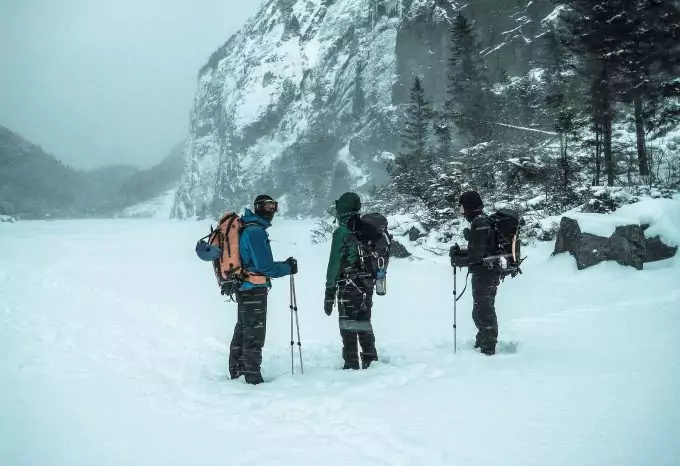
If you are a novice, make sure and go with a group. If you are experienced, use your skills to teach someone else. Always remember to take care of one another and enjoy your experience!
If you enjoyed this article or have questions or suggestions, please leave them in the comment section below! We would love the feedback and the opportunity to answer any questions to the best of our ability! Stay warm, enjoy the trip and happy hiking!

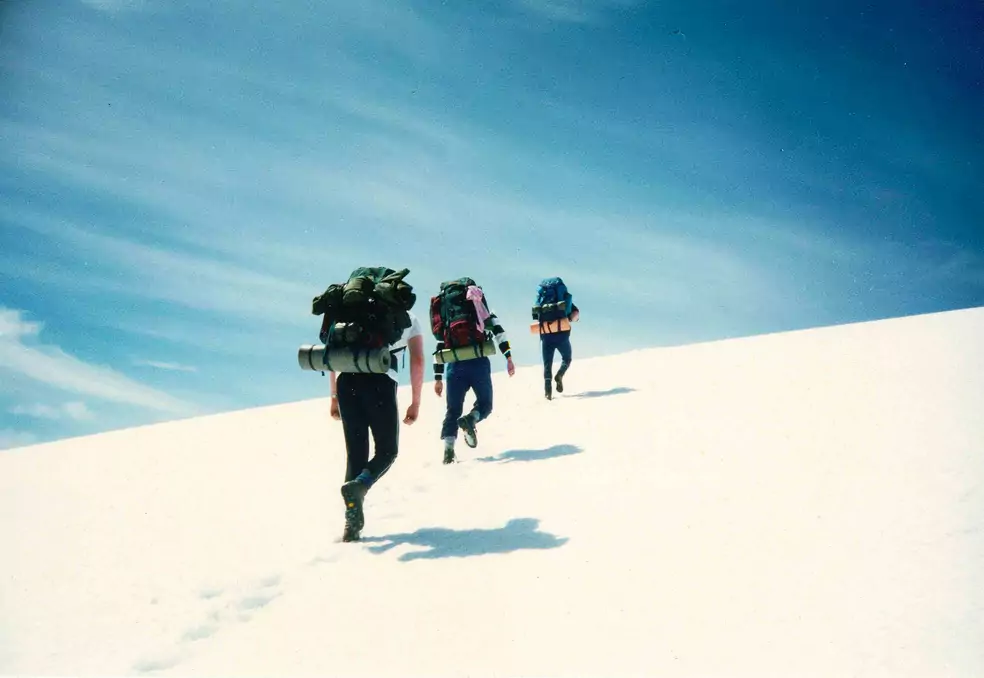
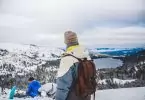
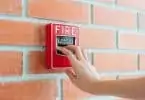
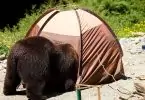

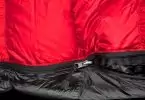
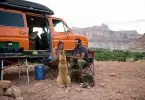
My main issue when I go winter backpacking is the delicate balance between the size/weight and function of my gear, especially the sleeping bag. I find that most bags that are ideal for winter also tend to be quite bulky hence hard to carry. I bought a Coleman extreme whether sleeping bag last year which is perfect for winter but I can only use it if am camping near my truck. Can someone please recommend an ideal winter sleeping bag that is not so bulky?
Hi Greg! You can try a compression sack and see if it helps. I see no reason to buy another sleeping bag when the Coleman is excellent. John has a wonderful review on compression sacks, if you want to look: https://hikingmastery.com/top-pick/best-compression-sack-for-sleeping-bag.html
Winter backpacking comes with its challenges but I guess that is what makes it extra special. I simply love it. I find so much beauty and serenity in the experience. Imagine being surrounded by nothing but miles of snow. Thank you for sharing this nice guide for when packing for winter backpacking
Thanks for dropping by and leaving your great comments, William! I agree with you, winter backpacking is the best. To double the fun and make it safe for everyone, invest in quality clothing and gear that will protect you from the bitter cold. As I often say, make a complete list before trekking out in the cold AND check it twice for good measure!